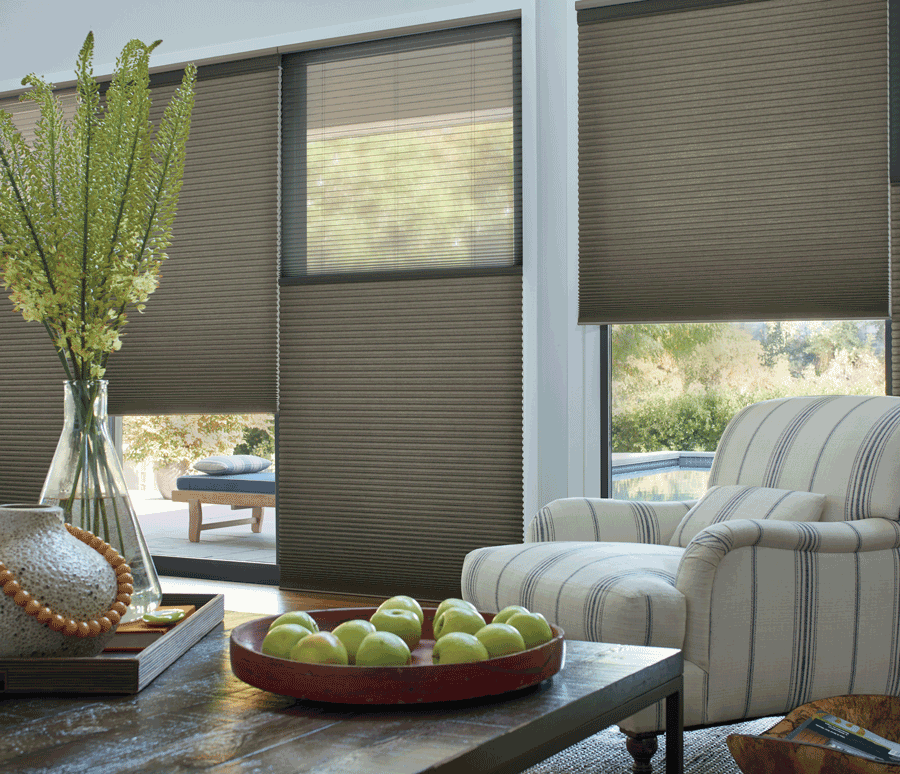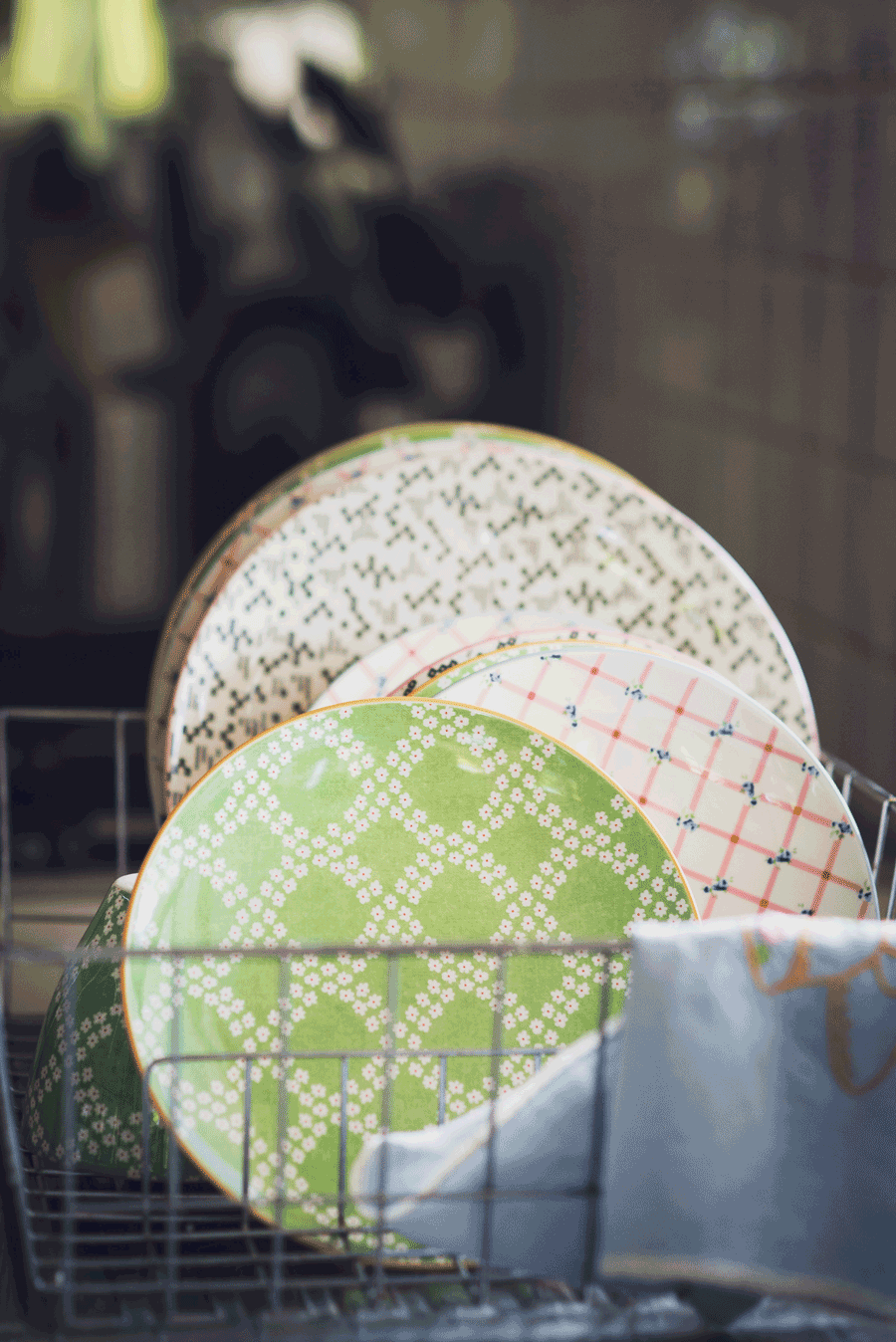Need Higher Home Efficiency? The average American household consumes more than 10,000 kilowatt-hours (kWh) per year. At an average rate of 12 cents per kilowatt-hour, Americans spend over $1,300 annually in electricity fees. And that’s only an average of the states; there is a high likelihood that you’re in a state that charges more. But it also matters how your home is designed.
Let There Be Light
Natural lighting is a great money saver, but your windows could be losing up to 50% of your energy. Fortunately, there are simple interior design changes that can end up saving you money and giving your house a new look. One way is with Top Down Bottom Up shades. The natural light enters your home, brightening the space, without sacrificing privacy or increasing glare. And, if you really want to make a difference, using energy efficient window treatments is a great way to insulate your windows against the outside weather.

To Dishwash…Or Not To Dishwash
There’s a high likelihood that people told you to wash your dishes by hand to save money, but is that necessarily true? Not all of the time, no. Depending on the number of dishes you have to wash, using your dishwasher could save on water consumption in the long run. Of course, this is very dependent on whether or not you have a quality, energy efficient dishwasher. Many common household staples have energy efficient modes, so be sure to choose energy efficiency when decorating your home.

Fan Before AC
Do you have hotspots in certain rooms that you have to crank your air conditioning up to cool? Before you do that, consider investing in a ceiling fan. Whereas central AC units use around 3,500 watts, a ceiling fan only uses 15 – 95 watts depending on its speed and size. That means ceiling fans can use a whopping 99% less electricity than AC! Not to mention the style that some fans can add to your home. And while you’re using your fan, pay attention to the seasons. In the hot months run the fan in its normal mode to circulate cool air down, but in the winter months you should reverse its direction, effectively fanning up and circulating the hot air that rises to the top of your home.

Lastly, Lightbulbs
Many consumers tended to ignore energy efficient LED light bulbs for their harsher “cool white” glare that wasn’t as aesthetically pleasing as the “warm white” of incandescent bulbs, but that’s all changed in recent years. LED bulbs are capable of producing even warmer, eye-friendly tones than incandescent, and are far more cost effective as well, not to mention cheaper than they were in years past. Utilize energy efficiency to save in overall lighting costs.

Shop Smart
While Americans have to pay over $1,000 annually in electricity costs, there are easy ways to increase your home’s energy efficiency while also adding a flare of interior design. Everything from your fans, to your lighting, to your common appliances like dishwashers can help you save money in the long run. So if you shop smart, your wallet and home will thank you.


